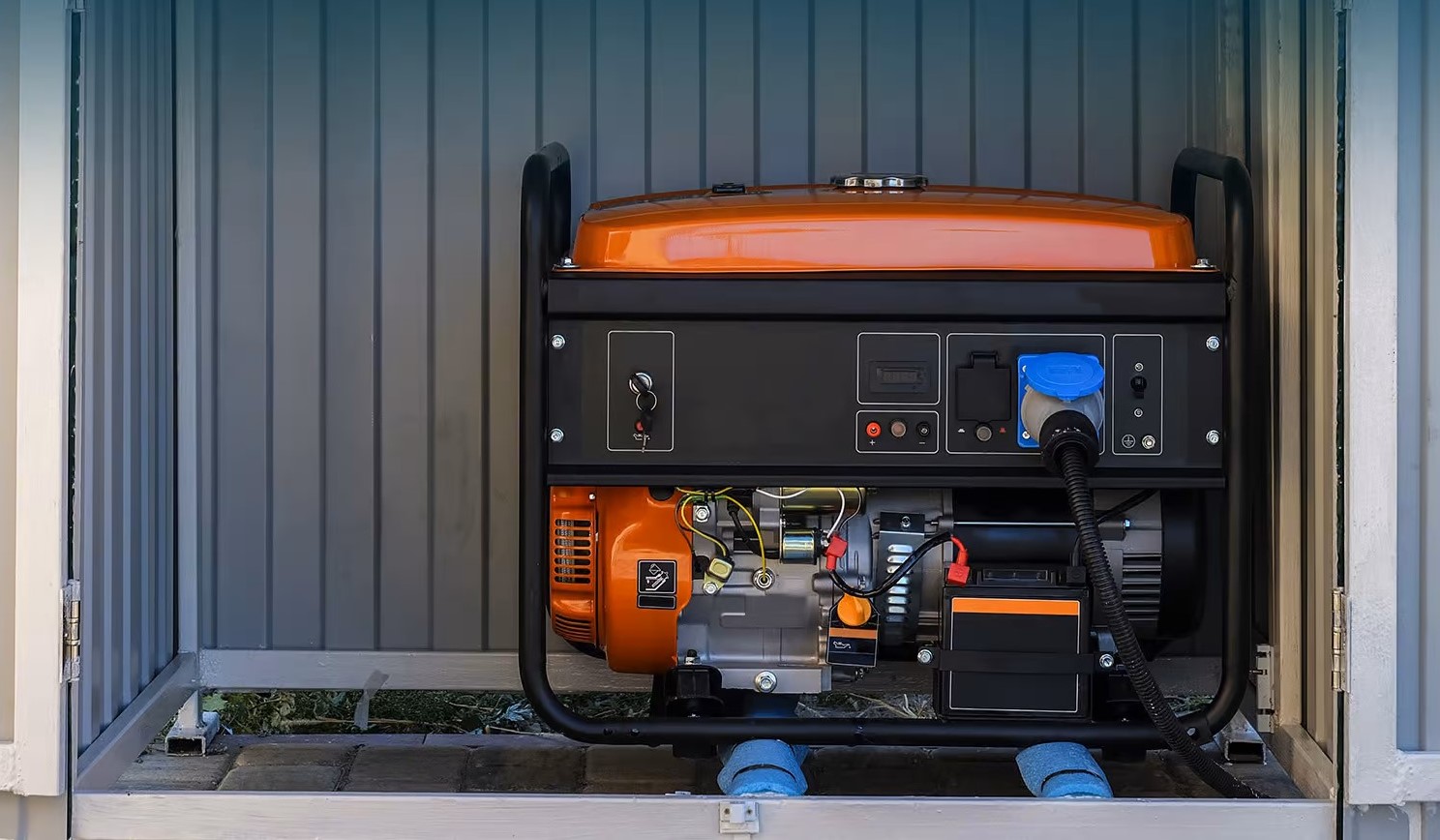

Articles
How To Store Generator
Modified: January 8, 2024
Learn how to properly store your generator with these informative articles on generator storage tips and best practices.
(Many of the links in this article redirect to a specific reviewed product. Your purchase of these products through affiliate links helps to generate commission for Storables.com, at no extra cost. Learn more)
Introduction
Having a generator is a valuable asset, especially during power outages or in areas with unreliable electricity supply. To ensure its longevity and optimal performance, proper storage is essential. Storing a generator correctly not only protects it from damage but also ensures that it is ready for use when needed. In this article, we will provide you with valuable tips on how to store your generator properly.
Keeping your generator in the right location, preparing it for storage, cleaning and maintenance, fuel storage, battery storage, covering and protection, and following usage tips are all key components of generator storage. By following these guidelines, you can prolong the lifespan of your generator and be confident that it will be in good working condition when required.
So let’s dive into the details and discover how to effectively store your generator.
Key Takeaways:
- Proper storage of a generator is crucial for longevity and performance. Choose the right location, prepare it for storage, and follow usage tips to ensure it’s ready when needed.
- Regular cleaning, fuel and battery storage, and proper covering are essential for effective generator storage. Follow manufacturer’s instructions and usage tips for optimal performance and safety.
Read more: How To Store A Generator
Choosing the Right Location
When storing your generator, it is crucial to select an appropriate location. Here are a few factors to consider:
- Indoor vs. Outdoor: If possible, store your generator indoors to protect it from the elements and minimize the risk of damage. A dry and well-ventilated area, such as a garage or storage room, is ideal. If indoor storage is not feasible, choose an outdoor location that provides adequate protection from rain, snow, and direct sunlight.
- Stable Surface: Place your generator on a flat and stable surface to prevent it from tipping over. Uneven surfaces can damage the unit or cause fuel spills. If needed, use a platform or make sure the ground is level and sturdy.
- Adequate Space: Ensure that there is enough space around the generator for proper ventilation and maintenance. Generators generate heat while operating, so maintaining proper airflow is crucial for safe storage.
- Accessibility: Store the generator in a location that is easily accessible in case of emergencies or when needed for regular maintenance. Avoid obstructing pathways or hiding it behind other objects.
By carefully selecting the right location for your generator, you can protect it from external elements and ensure its readiness for use.
Preparing the Generator
Before storing your generator, there are a few important steps to take to prepare it properly. These steps will help maintain the generator’s condition and protect its components during storage:
- Read the manual: Familiarize yourself with the manufacturer’s instructions for storing your specific generator model. The manual will provide specific guidance on preparing the generator for storage.
- Clean the generator: Thoroughly clean the generator to remove any dirt, debris, or oil residue. Use a soft cloth or brush to clean the exterior surfaces. Pay special attention to the air vents and cooling fins to ensure proper airflow.
- Remove fuel: If your generator has a fuel tank, drain the remaining fuel or add a fuel stabilizer to extend its shelf life. Storing the generator with fuel for long periods can lead to residue buildup and clog the fuel system.
- Change the oil: Consider changing the oil before storing the generator, especially if it has been running for an extended period. Fresh oil will help prevent the accumulation of contaminants and ensure smooth operation when you use it again.
- Disconnect the spark plug: To prevent accidental starts, disconnect the spark plug wire or remove the spark plug altogether. This will make sure the generator stays safely idle during storage.
By following these preparation steps, you can maintain the generator’s integrity and safeguard its components while it is stored.
Cleaning and Maintenance
Regular cleaning and maintenance are essential for keeping your generator in optimal condition, even during storage. Here are some important tips to ensure your generator stays clean and well-maintained:
- Inspect for dirt and debris: Periodically check the generator for any dirt or debris that may have accumulated. Use a soft brush or cloth to remove any dust or particles from the exterior surfaces.
- Check the air filter: The air filter is crucial for the proper functioning of the generator. Clean or replace the air filter as per the manufacturer’s recommendations to ensure optimal airflow and prevent clogging.
- Inspect the fuel system: If your generator is stored for an extended period with fuel, check the fuel system for any signs of clogging or damage. If necessary, clean or replace fuel filters or lines before using the generator again.
- Inspect the battery: If your generator has a battery, perform regular checks to ensure it is in good condition. Clean the battery terminals and apply a thin layer of petroleum jelly to prevent corrosion.
- Check for leaks: Inspect all fuel lines, fittings, and connections for any signs of leakage. Fix any leaks promptly to prevent fuel spills and potential hazards.
Regular cleaning and maintenance not only keep your generator in excellent condition but also give you an opportunity to detect and address any potential issues before they worsen. By incorporating these practices into your maintenance routine, you can ensure that your generator will be reliable and efficient when you need it.
Fuel Storage
Properly storing fuel for your generator is crucial to ensure its performance and longevity. Here are some guidelines for fuel storage:
- Use the right fuel: Always use the recommended type of fuel specified by the generator manufacturer. Using the wrong fuel can lead to engine damage and compromise the generator’s performance.
- Choose a suitable container: Store fuel in approved, tightly sealed containers made of metal or non-reactive materials, such as high-density polyethylene (HDPE). These containers should be specifically designed for fuel storage to prevent leakage and evaporation.
- Store fuel in a well-ventilated area: Ensure that the storage area is well-ventilated to prevent the buildup of flammable vapors. Avoid storing fuel near open flames, electrical sources, or heat-producing devices.
- Keep fuel away from direct sunlight: Ultraviolet (UV) rays can degrade fuel quality over time. Store fuel containers in a shaded area or use UV-resistant storage options.
- Rotate fuel supply: If you plan to store fuel for an extended period, consider rotating the supply every six to twelve months. This practice helps ensure that you always have fresh fuel available for your generator.
- Add fuel stabilizer: Adding a fuel stabilizer to the stored fuel can help extend its shelf life and prevent degradation. Follow the manufacturer’s instructions for the appropriate dosage based on the fuel quantity.
- Label the fuel containers: Clearly label the fuel containers with the type of fuel, date of purchase or storage, and any relevant safety warnings. This will help you keep track of the fuel’s age and usage.
- Store fuel away from children and pets: Keep fuel containers in a secure location out of reach of children and pets to prevent accidental ingestion or spills.
By following these fuel storage guidelines, you can ensure that the fuel for your generator remains in good condition and ready for use when needed.
When storing a generator, it’s important to keep it in a dry and well-ventilated area to prevent rust and corrosion. Be sure to also run the generator for a few minutes every month to keep it in good working condition.
Read more: How To Store Gas For Generator
Battery Storage
If your generator has a battery, proper storage is crucial to maintain its performance and prolong its lifespan. Here are some important points to consider when storing your generator’s battery:
- Clean the battery: Before storage, make sure to clean the battery terminals and remove any corrosion or dirt. This will help maintain good electrical connections.
- Disconnect the battery: If possible, disconnect the battery from the generator to prevent it from discharging over time. Check the manufacturer’s instructions for the appropriate method of disconnecting the battery.
- Charge the battery: If the battery is low on charge, it is advisable to charge it before storage. A fully charged battery is less likely to freeze or lose its charge during storage.
- Store in a cool, dry place: Find a cool and dry location to store the battery. Extreme temperatures and humidity can adversely affect the battery’s lifespan and performance.
- Avoid direct sunlight: Store the battery away from direct sunlight, as excessive heat can cause the battery to deteriorate and lose its capacity.
- Inspect periodically: Check the battery periodically during storage to ensure it remains clean and free from corrosion. If any issues are detected, take the necessary steps to address them promptly.
- Charge maintenance: If your generator has a battery with a maintenance feature, follow the manufacturer’s instructions for keeping the battery properly charged during storage.
By following these battery storage guidelines, you can preserve the battery’s performance and be confident that it will be in good working condition when you need to use your generator.
Covering and Protection
Properly covering and protecting your generator during storage is essential to shield it from dust, moisture, and potential damage. Here are some recommendations to ensure your generator remains well-protected:
- Use a generator cover: Invest in a quality generator cover that is specifically designed for your model. A cover will protect the generator from dust, moisture, and debris, preventing them from entering the internal components.
- Ensure a proper fit: Make sure the cover fits snugly over the generator. It should completely cover the generator, including its electrical outlets and ventilation areas, while still allowing for proper airflow.
- Protect against humidity: Consider using moisture-absorbing packets or desiccants inside the generator cover to absorb any excess moisture. This helps prevent rust or corrosion damage.
- Secure against wind: If you store your generator outdoors, ensure that the cover is securely fastened to prevent it from being blown away by strong winds.
- Protect from rodents: Keep the storage area clean and free from clutter to discourage rodents from nesting near the generator. Consider using rodent repellents or traps if necessary.
- Store accessories separately: If your generator has accessories or attachments, such as power cords or maintenance tools, store them separately to avoid any potential damage to the generator itself.
- Regularly inspect the cover: Periodically check the generator cover for any signs of wear and tear, such as holes or tears. Replace the cover if it becomes damaged to maintain proper protection.
By covering and protecting your generator during storage, you can safeguard it from potential damage and ensure that it remains in excellent condition for future use.
Usage Tips
When it comes to using your stored generator, there are a few important tips to keep in mind to ensure optimal performance and safety. Here are some usage tips to follow:
- Regularly exercise the generator: Even if you’re not experiencing a power outage, it’s beneficial to run your generator at least once every few months. This exercise helps keep the internal components lubricated and prevents fuel deposits from clogging the system.
- Follow the manufacturer’s instructions: Always refer to the manufacturer’s manual for specific guidelines on starting, operating, and maintaining your generator. Each model may have unique requirements and recommendations.
- Check fuel levels and quality: Before starting the generator, ensure that there is sufficient fuel and that it is in good condition. Remember to follow proper fuel handling and storage practices.
- Monitor oil levels: Regularly check the oil level of the generator and top it up as needed. Operating the generator with insufficient oil can cause serious engine damage.
- Keep the area well-ventilated: When using the generator, make sure to operate it in a well-ventilated area. Generators produce carbon monoxide, a colorless and odorless gas that can be deadly if inhaled in high concentrations.
- Use proper extension cords: If you need to connect appliances or devices to the generator, ensure you’re using heavy-duty, properly rated extension cords. Using inadequate cords can lead to voltage drop and damage sensitive equipment.
- Perform regular maintenance: Follow the recommended maintenance schedule outlined in the manufacturer’s manual. This includes tasks such as oil changes, air filter cleaning or replacement, and spark plug inspection.
- Seek professional assistance when needed: If you encounter any issues with your generator or are unsure about any maintenance or repair tasks, it’s best to consult a qualified professional for assistance.
By following these usage tips, you can maximize the lifespan of your generator and ensure safe and efficient operation.
Conclusion
Proper storage of your generator is essential for maintaining its performance, longevity, and readiness. By following the guidelines outlined in this article, you can ensure that your generator remains in excellent condition and operates smoothly when you need it most.
Choosing the right location, preparing the generator for storage, regular cleaning and maintenance, proper fuel and battery storage, as well as covering and protecting the generator are all crucial aspects of effective generator storage. Additionally, following usage tips and adhering to the manufacturer’s instructions will ensure optimal performance and safety when operating your generator.
Remember to consult the manufacturer’s manual for specific instructions and requirements related to your generator model. Every generator may have its unique specifications and guidelines for storage and usage.
By implementing these storage and maintenance practices, you can have peace of mind knowing that your generator is well-preserved and ready to provide reliable power when you need it, whether it’s during a power outage or for any other emergency or recreational use.
Take the time to properly store and maintain your generator, and it will serve you well for many years to come.
Frequently Asked Questions about How To Store Generator
Was this page helpful?
At Storables.com, we guarantee accurate and reliable information. Our content, validated by Expert Board Contributors, is crafted following stringent Editorial Policies. We're committed to providing you with well-researched, expert-backed insights for all your informational needs.
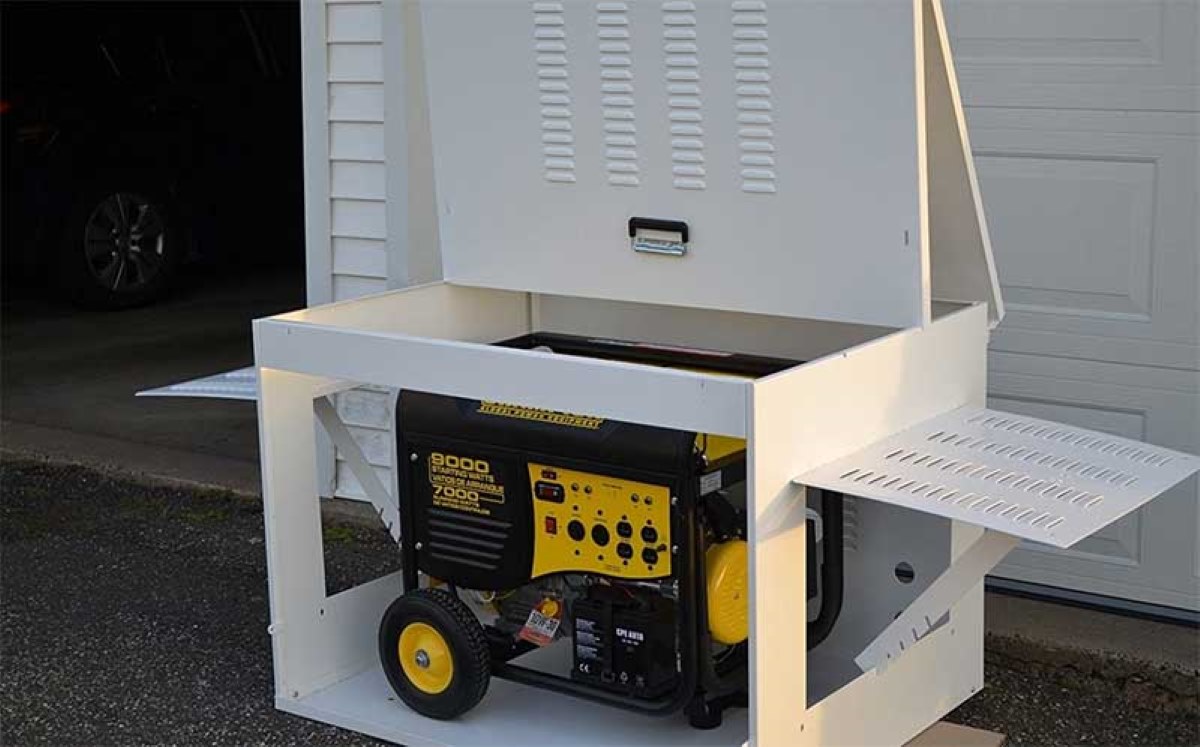
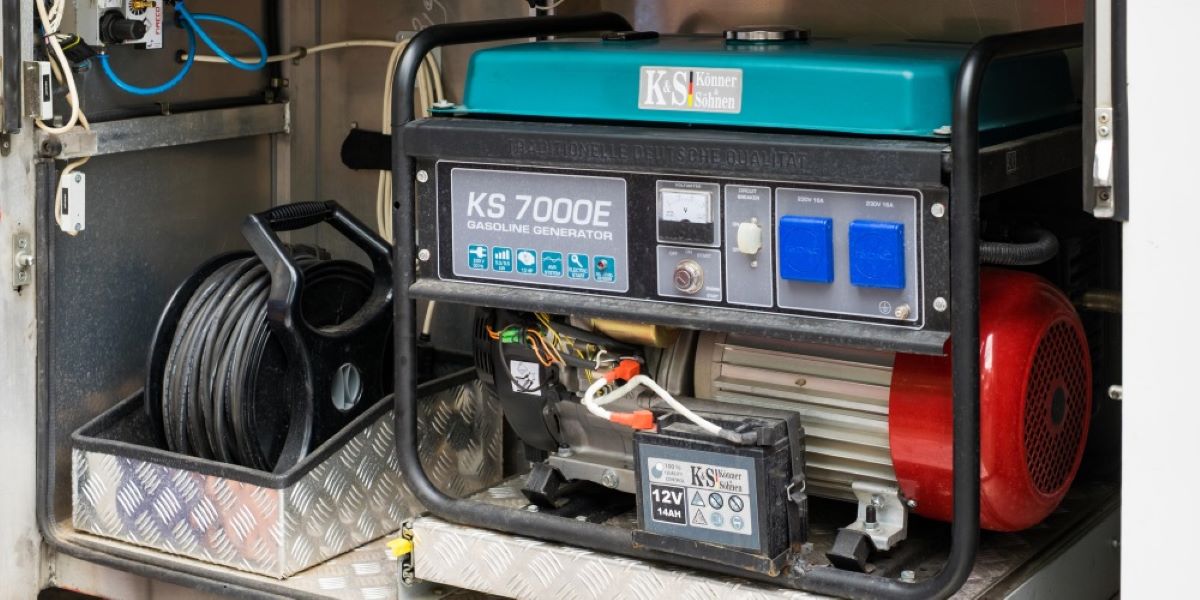
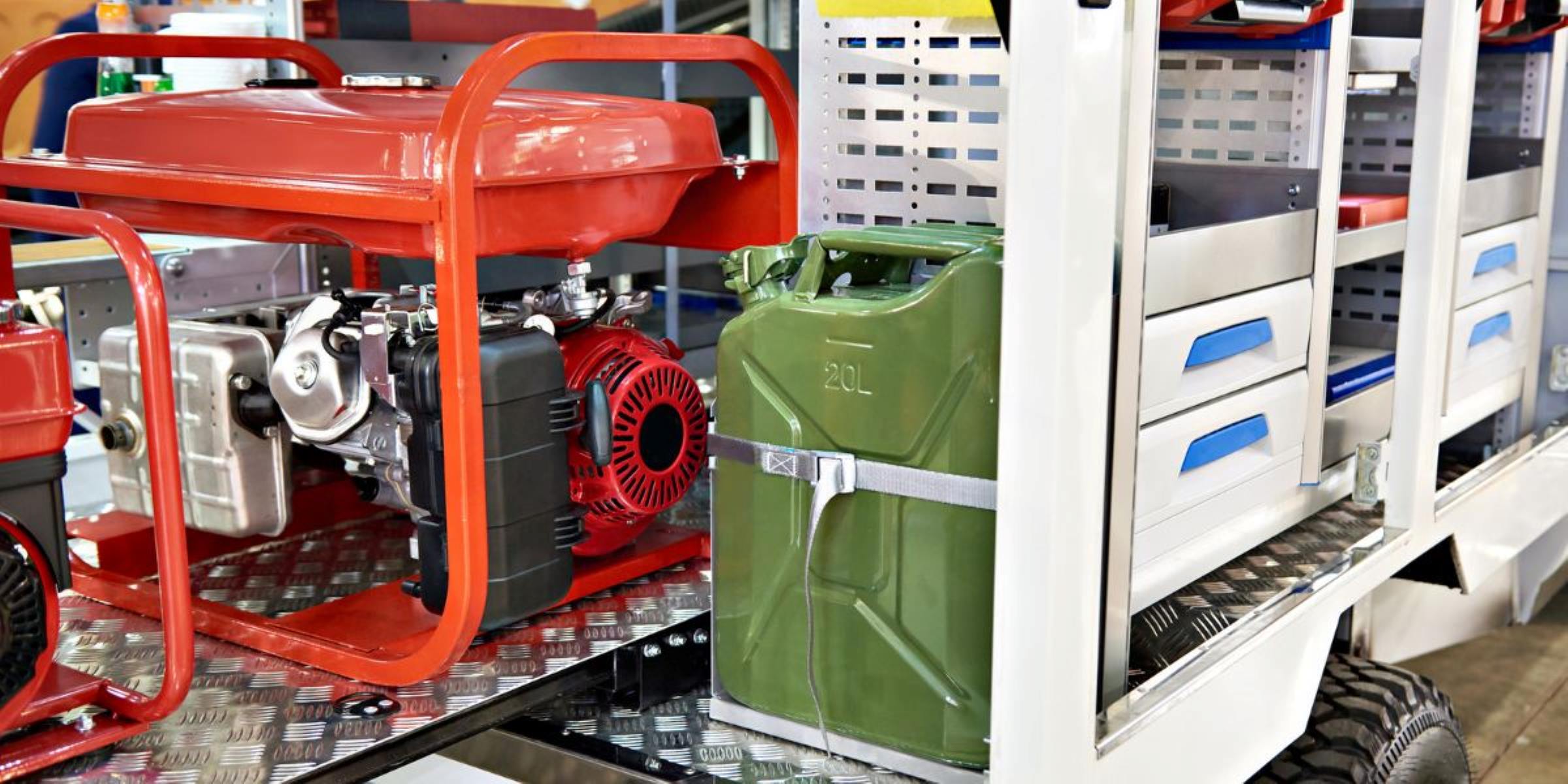
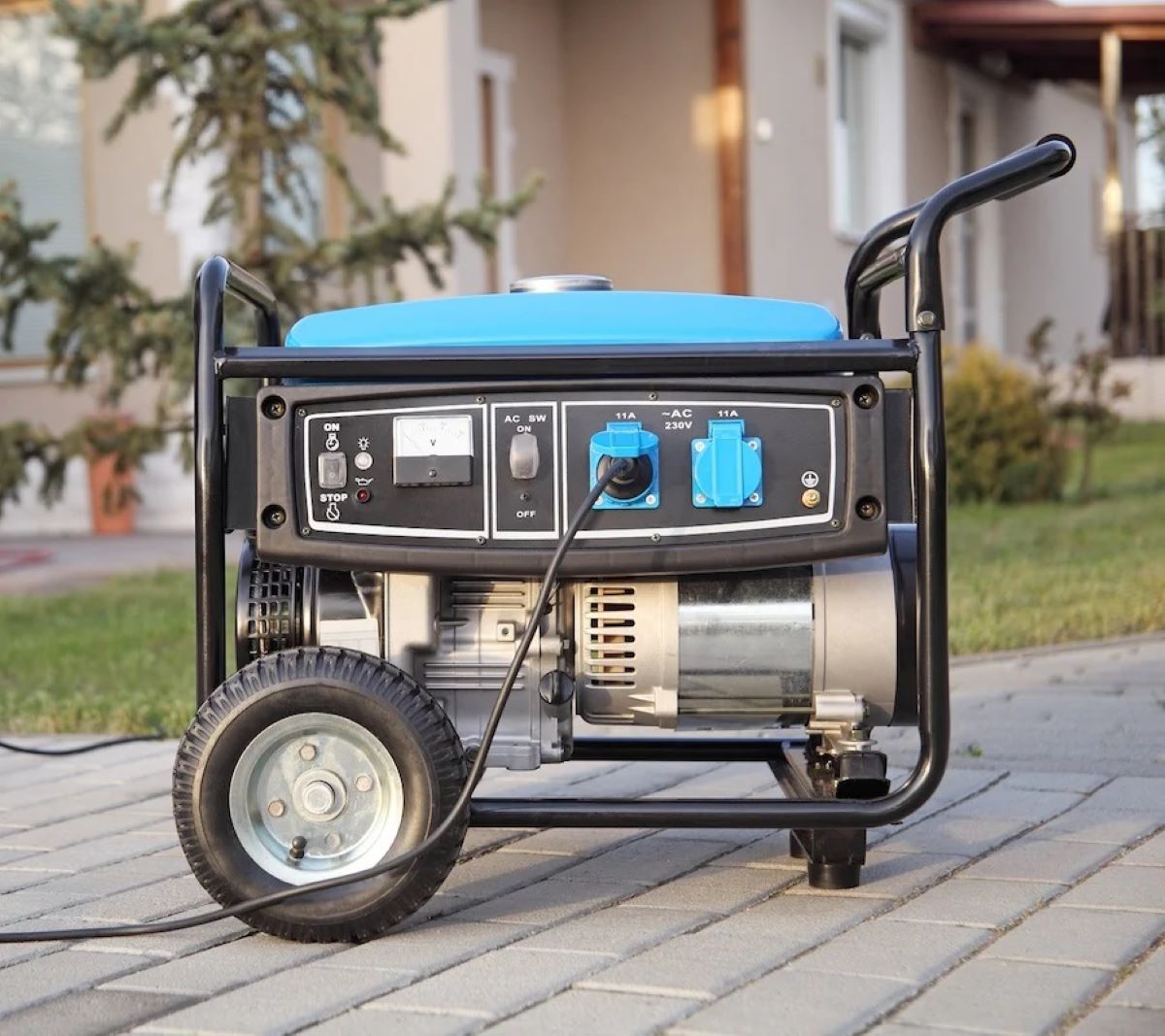
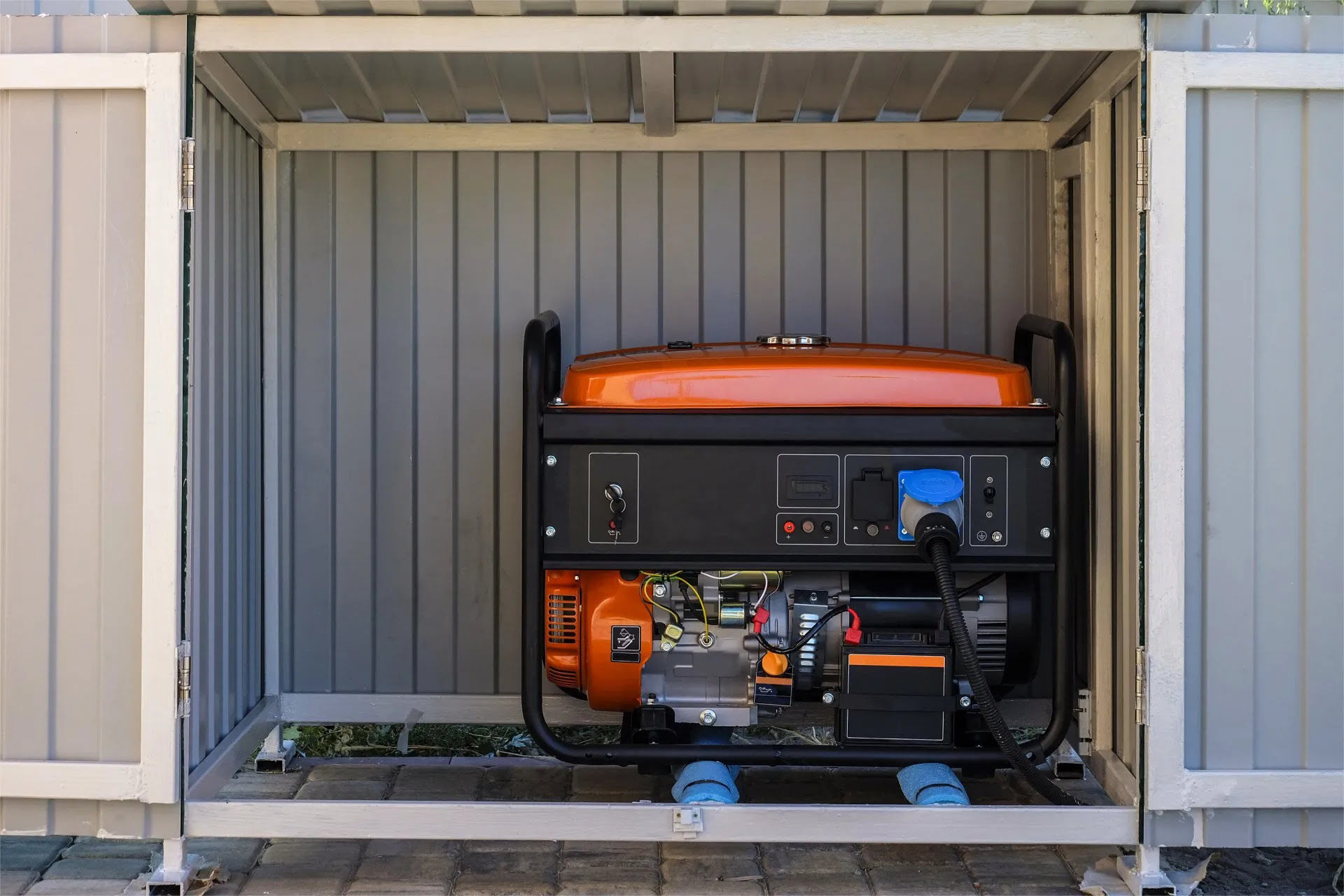
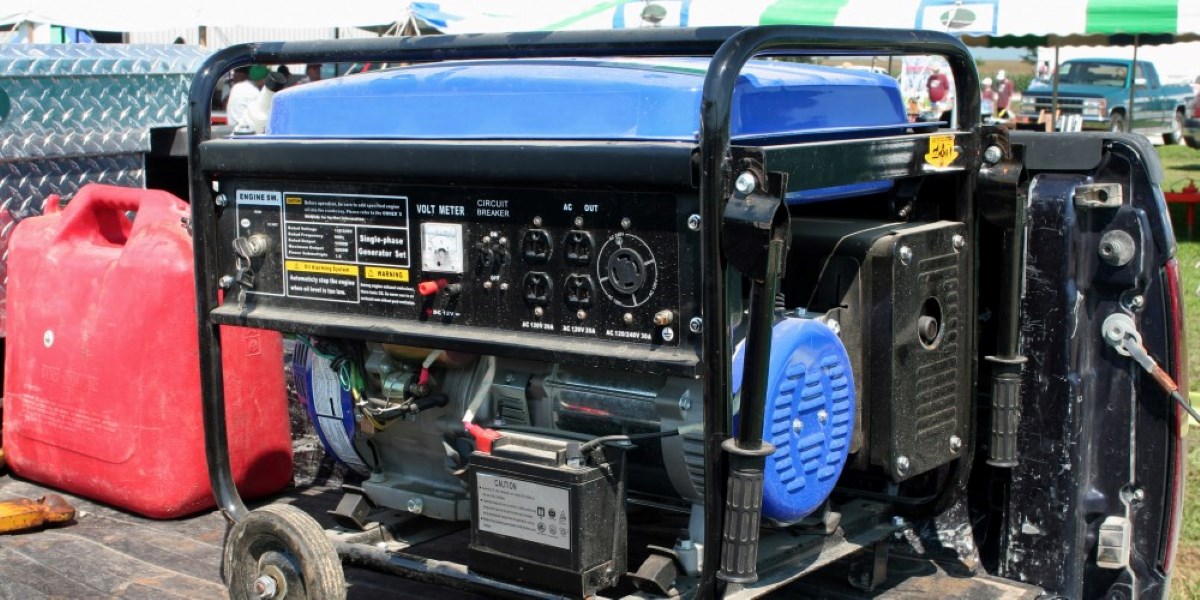
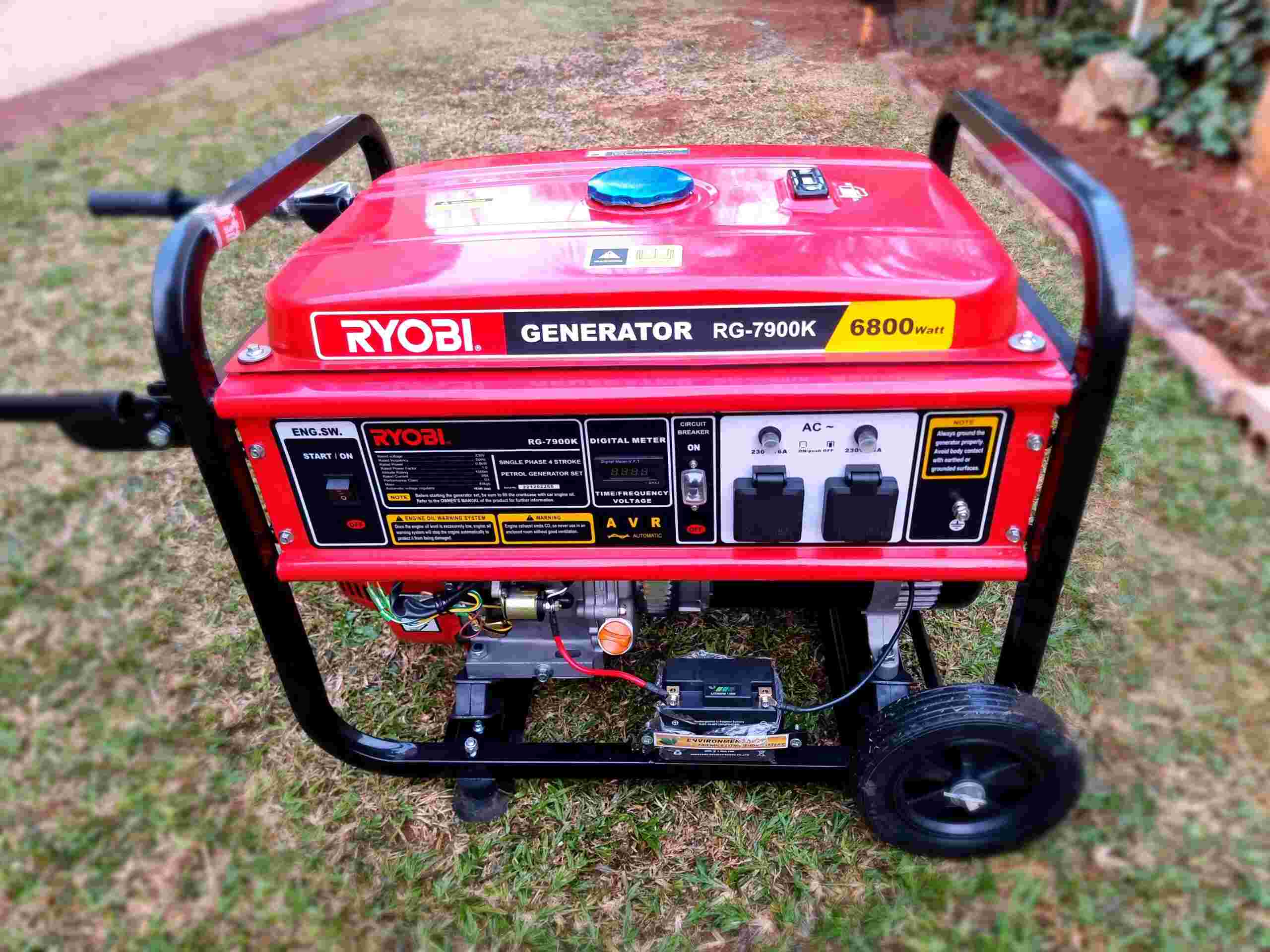
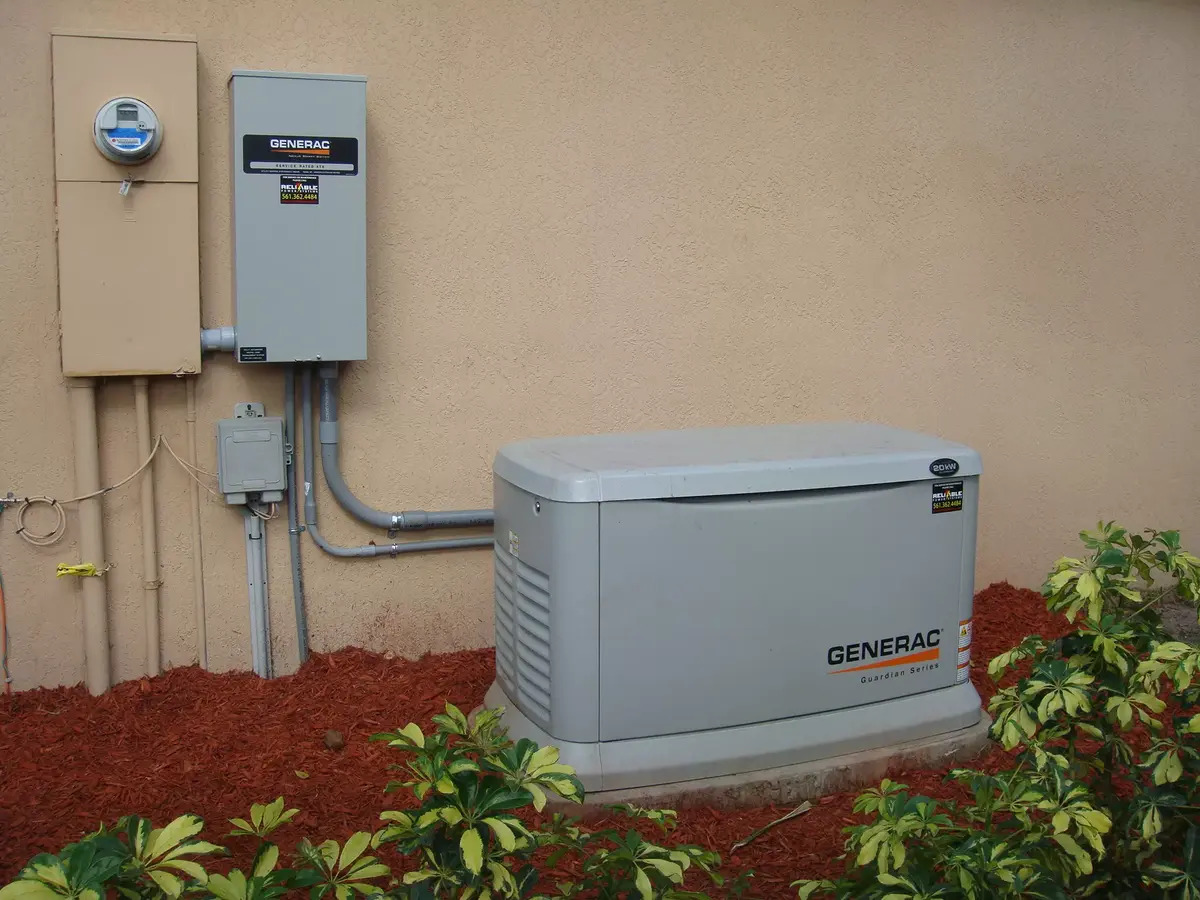
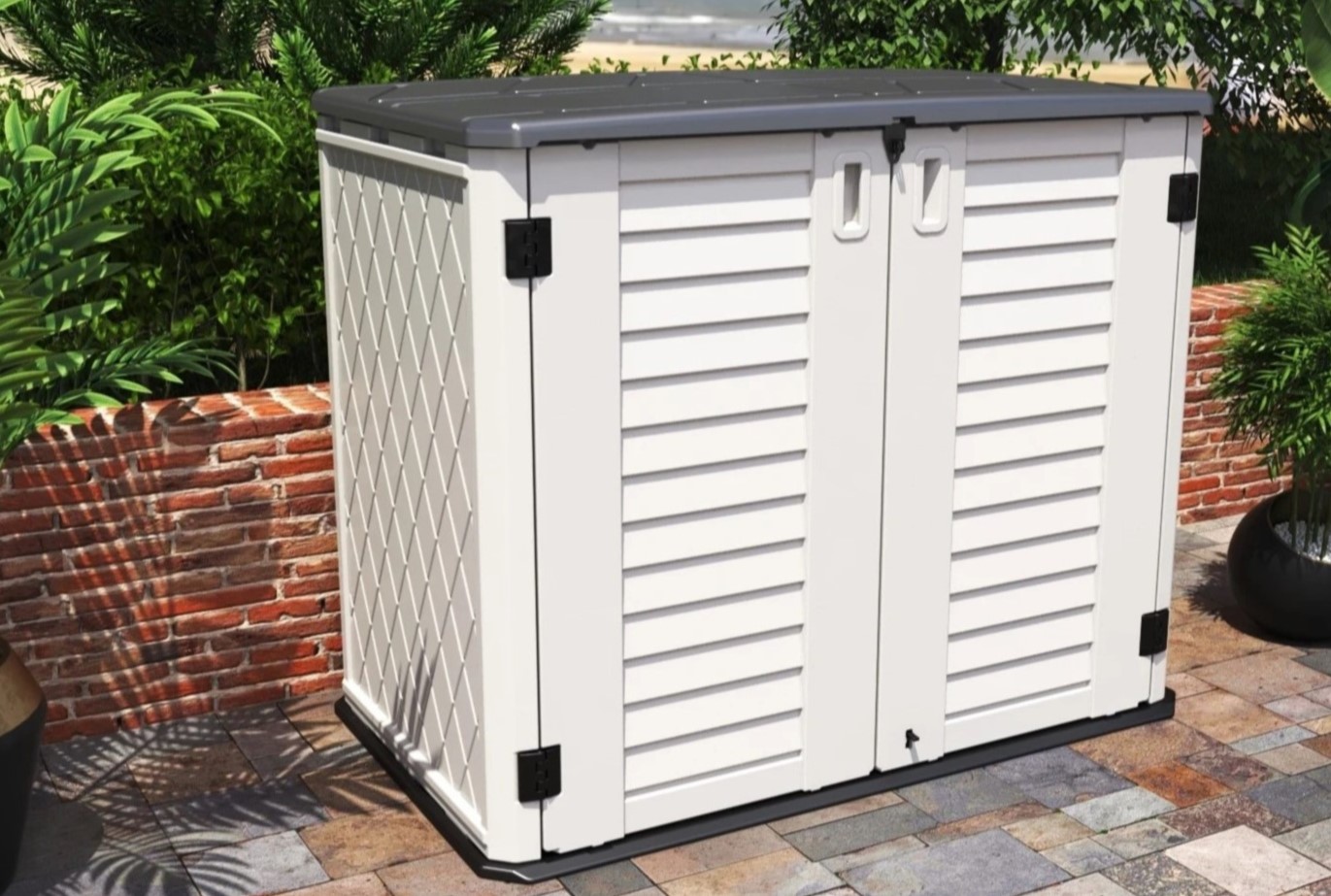
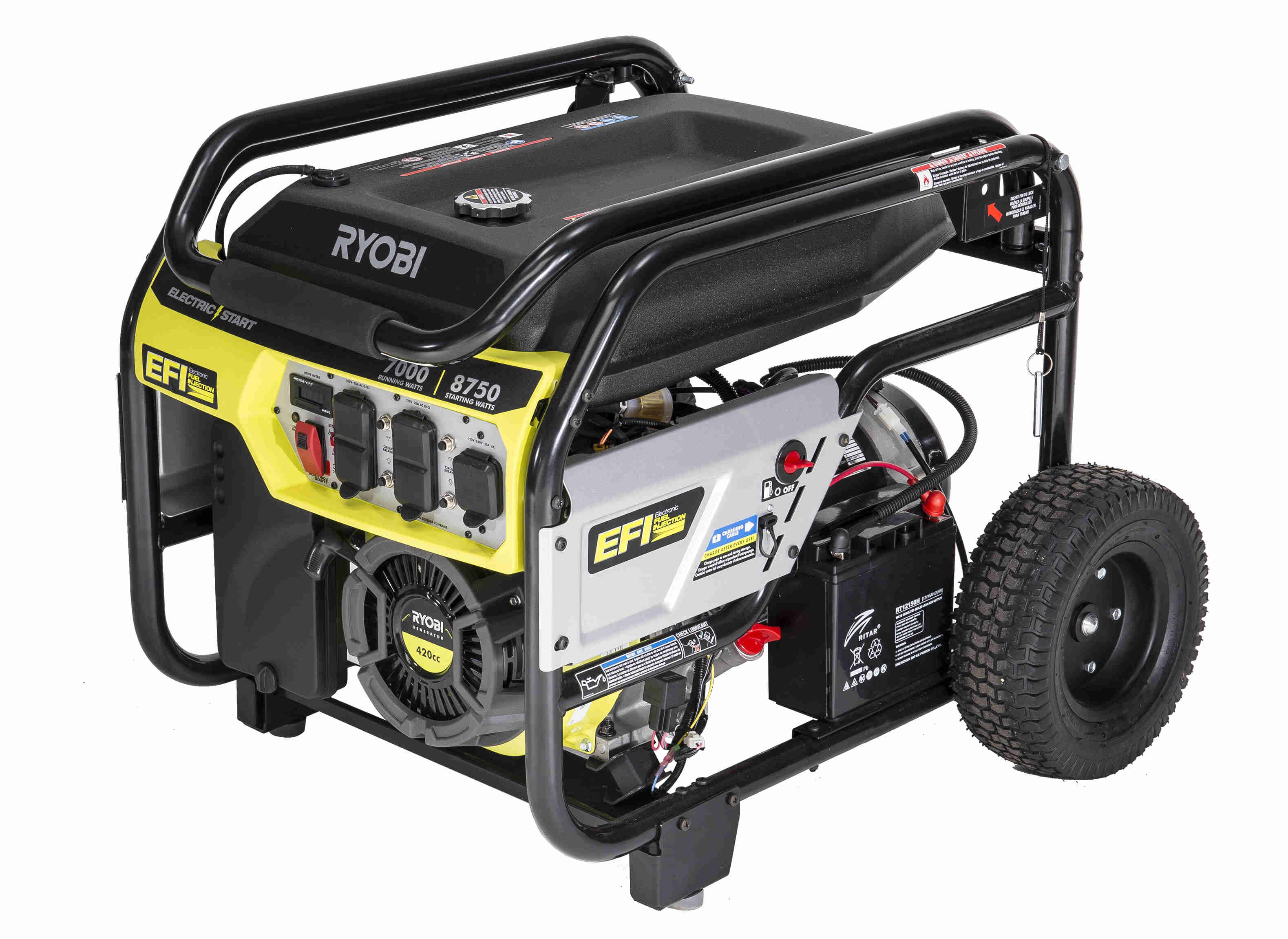
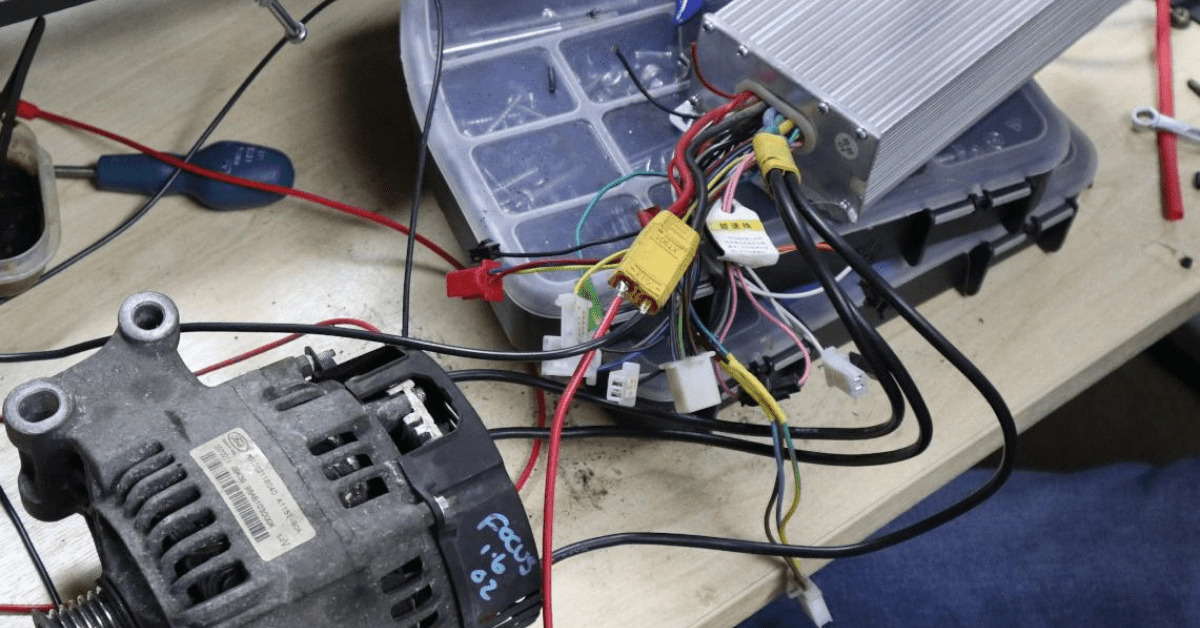
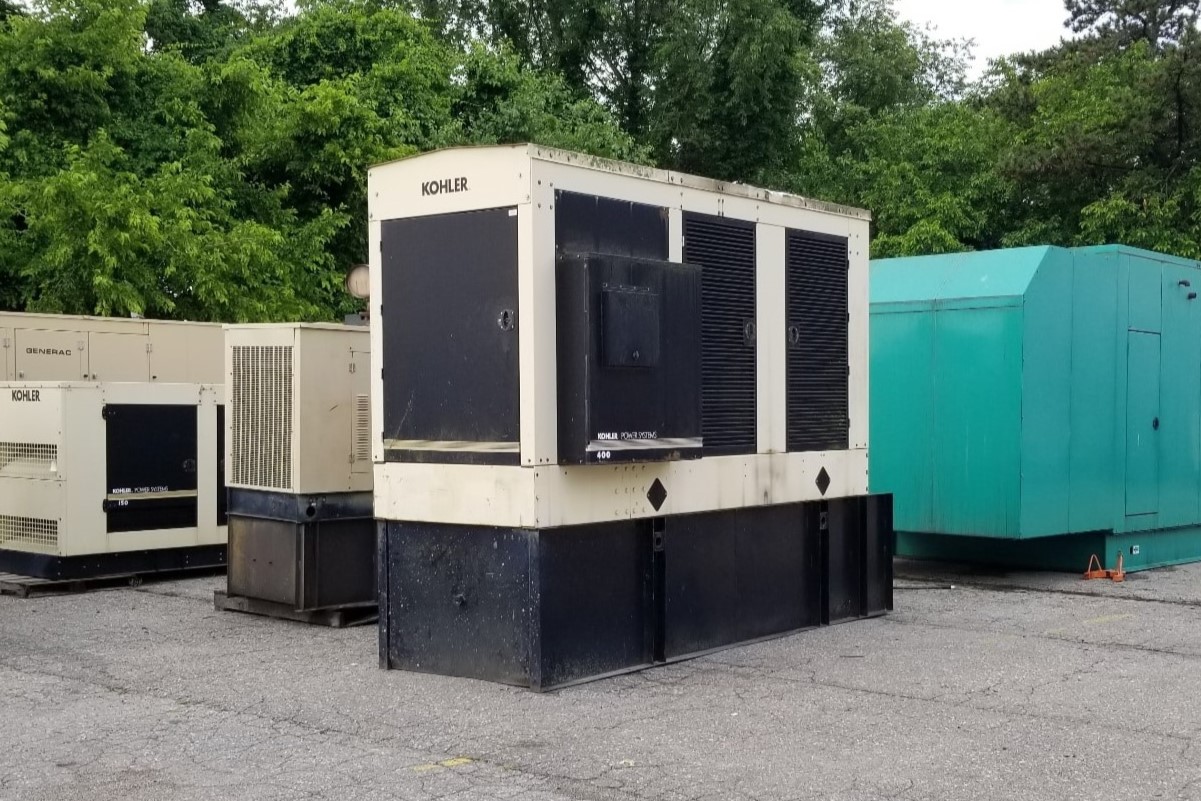
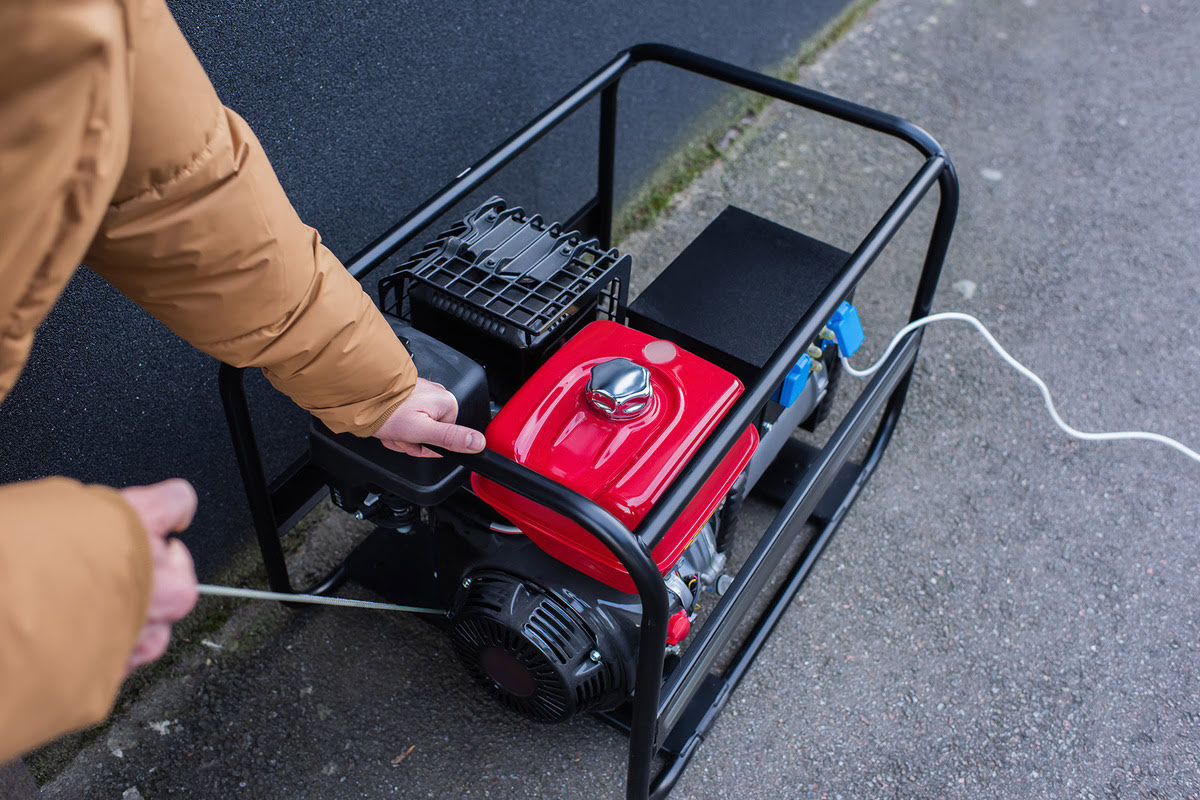
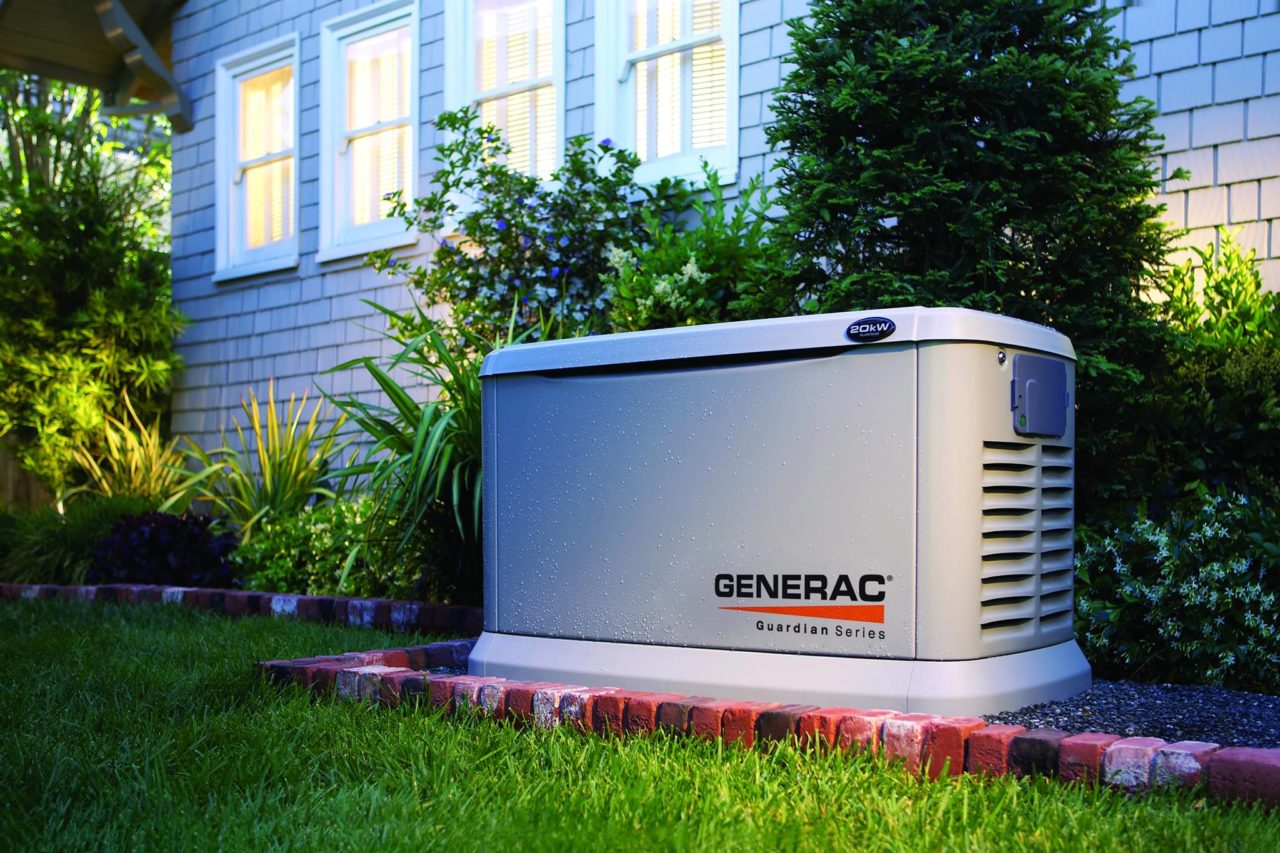

0 thoughts on “How To Store Generator”